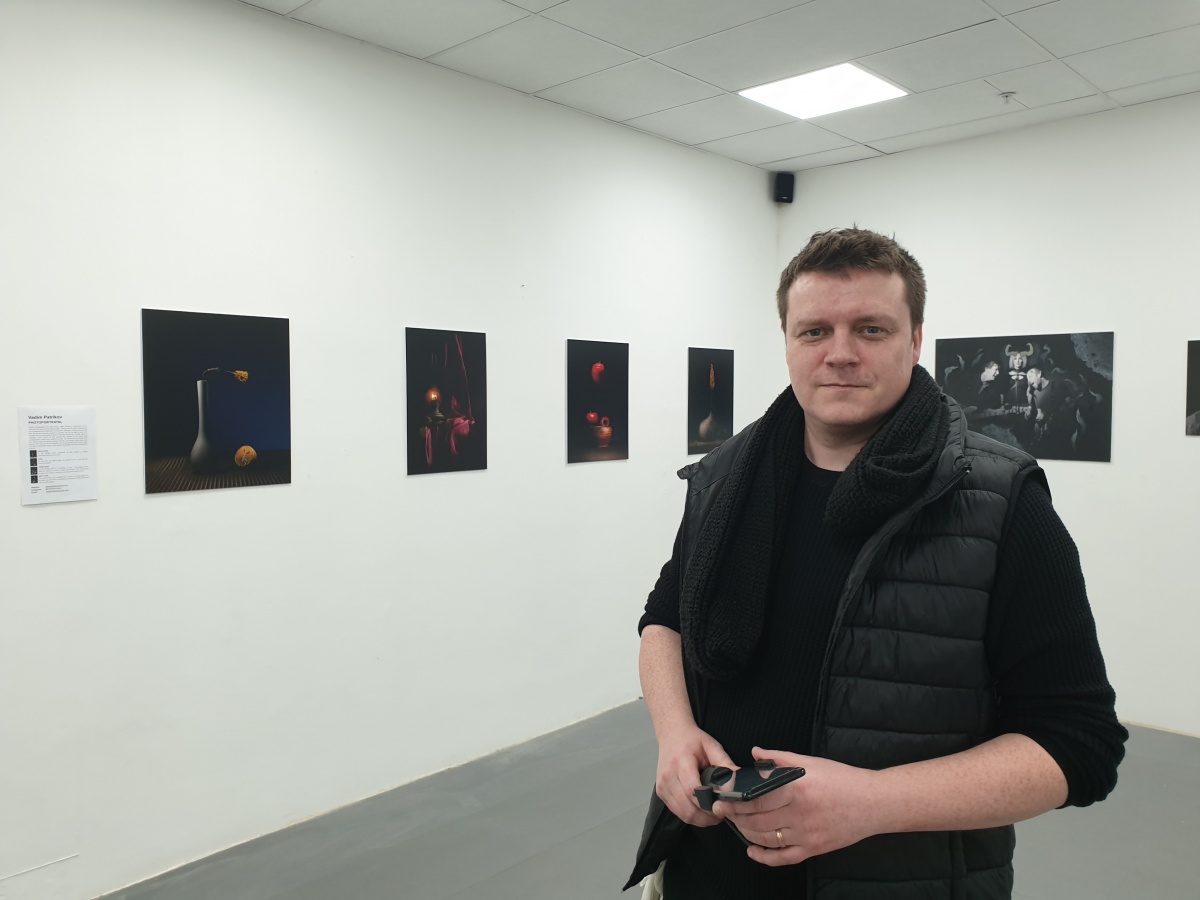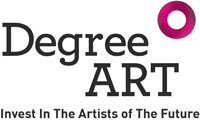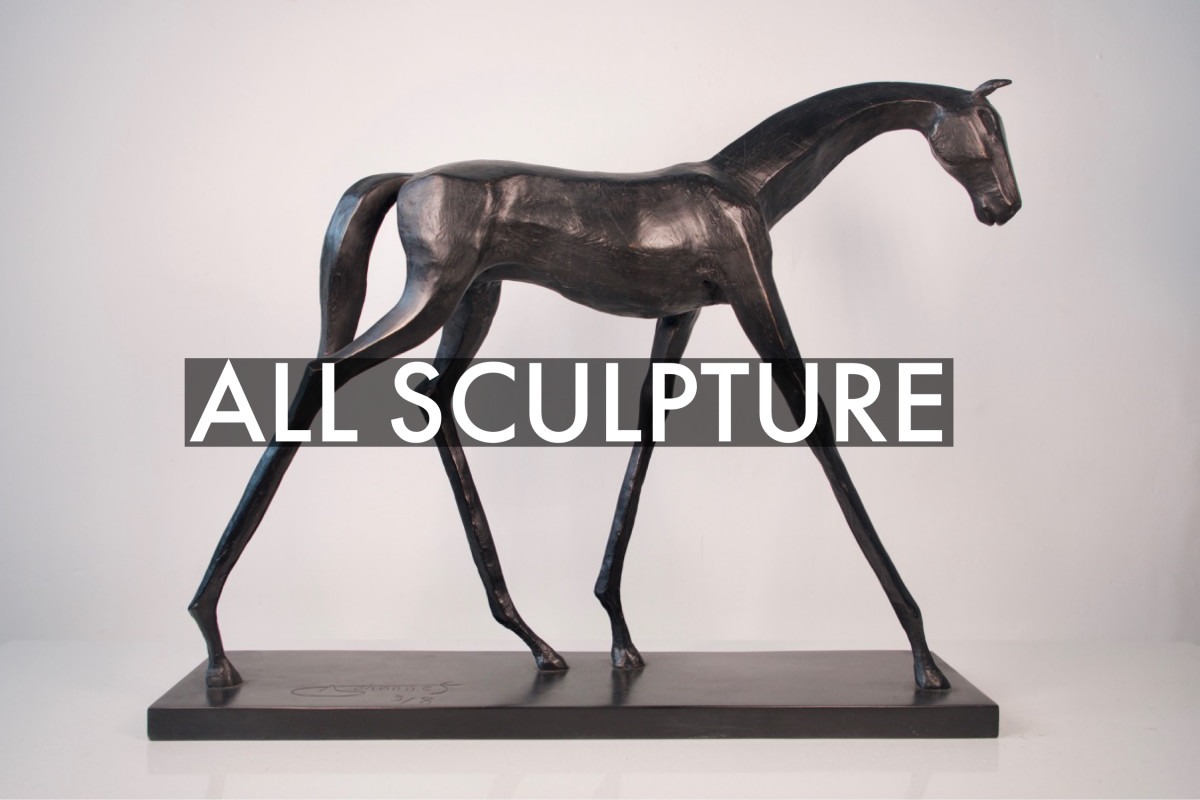Vadims Pjatrikovs, also known as PHOTOPORTRAYAL, is a still-life photographer and light painter known for his style of light manipulation. With over 15 years of experience as a professional photographer, Vadims initially started out as a painter and fell in love with the creative process from day one. After experimenting with different methods, Vadims decided to try photography and soon realised it was his true passion.

1) Which art movement do you consider most influential on your practice?
I am an artist at my core. I started out as a painter and fell in love with the creative process from day one. I have always admired 17th-century oil paintings and I have tried different techniques and methods and one day decided to try photography as a tool to achieve the result. Once I tried it, I realized that photography was my true passion. And still life light painting photography has influenced my practice significantly as it has helped me to achieve a similar effect but in photography.
2) Where do you go and when to make your best art?
I love to visit local charity shops for inspiration, this is where I pick up most of the pieces that I then photograph, as these things have such a charm of time and history on them. My artworks mostly happen in the evening and at night as the sun sets. The whole process happens in complete darkness where I use a single source of light to illuminate every individual object to form a composition.
3) How do you describe your 'creative process'?
Once a promising idea crosses my mind, I start planning the photo session. The first thing I do is draw up a sketch with a pen and paper trying to depict the composition. Then, I plan a step by step in my head including the combination of angles, distance and directions of light that I will need to use to achieve the desired result - where will the shadows lie, where will the highlights fall. Then, the most interesting part follows. I turn off the lights and close the blinds so that even the moonlight doesn’t get into the studio. I then take a multitude of photographs using a little torch – every single one of them focusing on lighting up individual objects of the composition. This needs to be made in the exact right sequence, which then gets combined together in post-production, and the whole process takes 6-8 hours to complete on average. And if I make a mistake, I have to start all over again. The heart of this photography style is long exposures and complete darkness.

4) Which artist, living or deceased, is the greatest inspiration to you?
My artwork has been mainly inspired by the still life paintings of such well-known masters of the 17th century as Juan de Zurbarán, Willem Heda, and Willem Kalf.
5) If you weren't an artist, what would you do?
I would probably be a teacher or a mentor.
6) What do you listen to for inspiration?
Some of my best artworks were taken with mantras/sacred sounds in the background. Mainly based on Om mantra – the symbol of the ultimate reality and consciousness.
7) If you could own one artwork, and money was no object, which piece would you acquire?
An empty white frame – the best artwork yet to be made.
8) If your dream museum or collection owner came calling, which would it be?
I don’t have a concrete museum name or a collection owner that comes to my mind. I would like it to be a museum or a collector that can value and appreciate this artwork.
9) What is your key piece of advice for artists embarking on a fine art or creative degree today?
Try as many disciplines as you can to find your own style, to find your own path. You never know what can become handy in your practice in future, knowledge of various techniques and skills can lead to very interesting results. For example, today I find my experience and knowledge in drawing, painting and mechanics very useful in my light painting photography path.
10) What is your favorite book of all time (fiction or non fiction)?
I prefer fiction to non-fiction, with elements of fantasy. And I am an absolute fan of audiobooks. I don’t have any favourites, it depends on the mood I’m in and the kind of inspiration that I’m looking for at any particular time.
11) If you could hang or place your artwork in one non traditional art setting, where would that be?
Get a massive print of one of my artworks that hasn’t been shown to the public yet, and drown it in the Mariana Trench. Then no one will be able to tell that they’ve seen all of my artworks.
12) What was the biggest lesson your university course or time studying taught you?
Get the basic knowledge, and embark on your own journey. Learn not only from your degree course, but from anywhere you possibly can. This will give you a chance to combine this knowledge base into something fruitful in future, into a new way of doing things. You never know which skills will affect your practice in the long run.
13) And finally, if we were to fast forward 10 years, where would we find you?
You would find me in my own studio giving photography lessons on light painting. And my artwork would be presented in top museums and galleries of the world and sold to those who can appreciate its value.
Learn more about Vadims and discover his collection of works.














